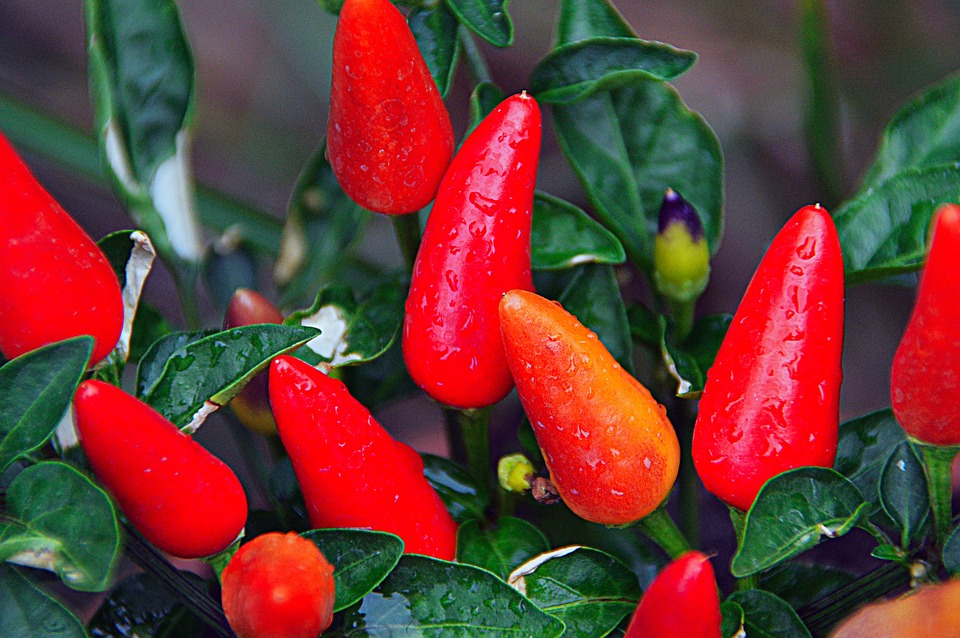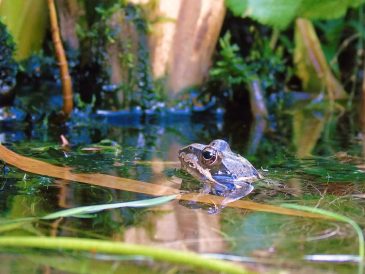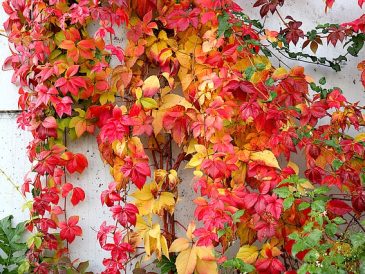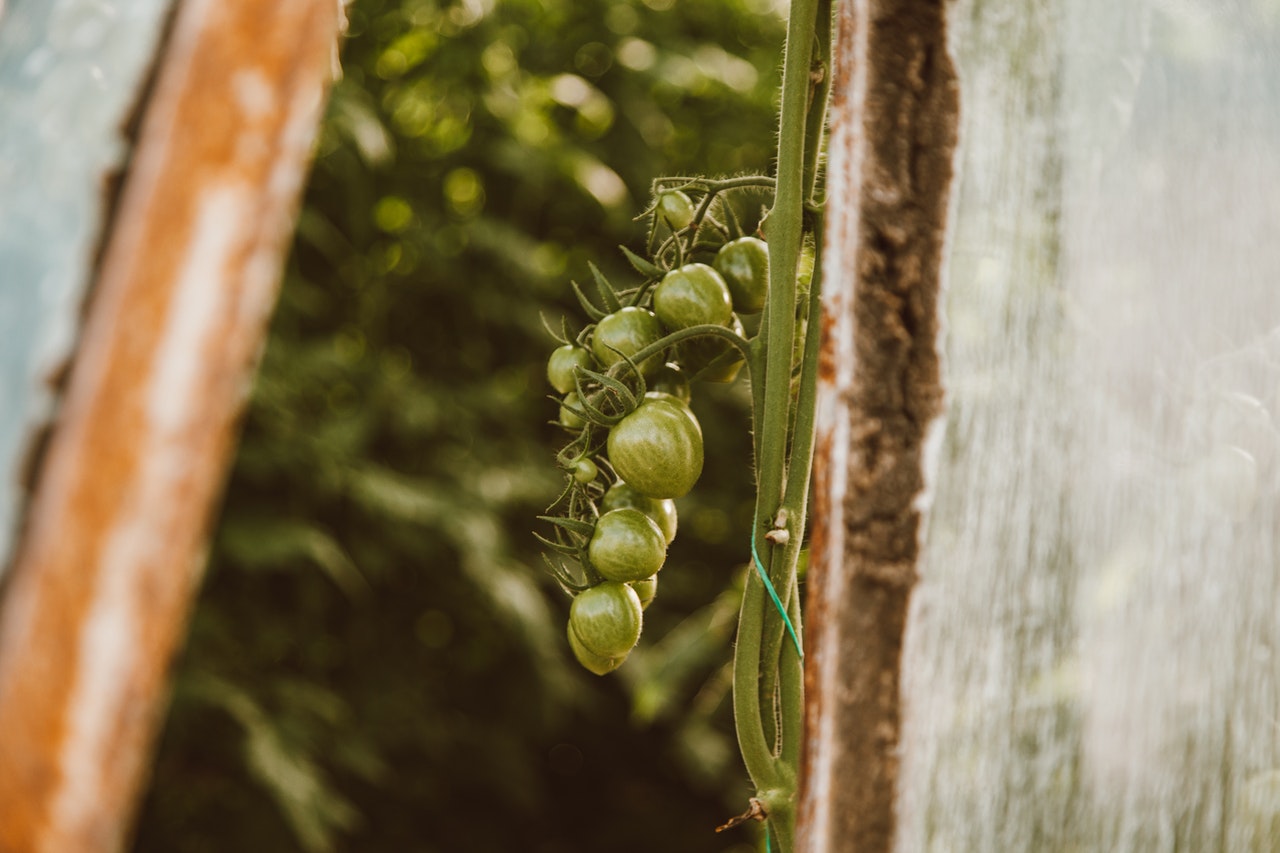If you have asked this question, you certainly have a bell pepper plant and are looking forward to harvesting its fruits. In this article, we will discuss when to harvest peppers and, most importantly, many tips.
The right time to harvest depends on the variety. The arrival of the red color of the peppers does not necessarily coincide with the harvest time.
Often, peppers are harvested when they are not yet ripe or late in the season, reducing production.
Tips for Harvesting Peppers
Tips for harvesting peppers always apply regardless of the variety grown.
After a bell pepper is harvested, other flowers usually grow back in a short period. Therefore, the more you harvest, the more you produce.
When harvesting, it is advisable to cut the peppers from the stem with scissors and cut a few inches from the head of the fruit. This is because tearing the peppers may damage the plant if it is not easily done.
Insects are essential for pollinating peppers. If grown indoors without insects, pollination must be done by transferring pollen from flower to flower with a damp toothbrush.
Instead of buying seedlings yearly, you can use the seeds from the previous harvest and keep the good-looking peppers for the next planting.
Increasing Pepper Production
To increase the production of peppers, a farming technique called spiking is used in which the main branches of the plant are cut to allow side shoots to grow.
This allows for higher productivity with sturdier, shorter plants that are more resistant to wind and rain. This process can be done from spring until the end of July and is especially recommended for peppers.
How and When to Fertilize Peppers
Peppers are very demanding plants in terms of nutrition. Like other plants, they require the macro minerals nitrogen, phosphorus, and potassium. To increase production, especially with peppers, it is advisable to implement a phosphorus-potassium fertilizer with less nitrogen and a higher proportion of phosphorus and potassium. Fertilization should be performed approximately every 3 to 4 weeks during the growing season, according to the doses in the various packages used.
Improving the Spiciness of Peppers
The amount of water a pepper seedling receives affects the amount of capsaicin it produces. Capsaicin is the chemical that makes them spicy.
The more water you give them over time, the lower the average spiciness.
So, if you want to harvest hotter peppers, you can use this trick.
The trick is to water only when necessary (when the leaves start to fall off), and the peppers will be spicier. The downside is that while the peppers will be spicier, the stress from the lack of water will cause them to produce less fruit.
Of course, the spiciness will not change much, but it depends mainly on the variety being grown.
Harvest Time of Peppers
Now, the main question is when to harvest peppers. Harvesting peppers depends mainly on two factors: variety and fruit condition.
Here we list the number of days required for the ripening of common varieties of peppers. The following table shows the time from fruit set after flowering to harvest.

Capsicum Annuum
Capsicum Annuum is the most common species to grow indoors. Numerous varieties can be divided into various groups, of which there are three groups. Cherry, conical, and clustered peppers, which are generally grown in pots.
The ripening period of Capsicum Annuum ranges from 35 to 40 days.
Capsicum baccatum
Capsicum Baccatum is a perennial herb that grows to about 2 meters tall. In cultivation, it is generally treated as an annual.
It can be easily distinguished by the yellow or green spots on the corolla. It is moderately pungent.
Capsicum Baccatum takes 50 days to ripen.
Capsicum Frutescens
Capsicum Frutescens is an erect perennial herb with many branches that grows 1-2 m tall. The stems may be more or less woody. This species is widely cultivated worldwide, especially in hot tropical regions, mainly Tabasco species, because its fruits are edible.
Capsicum Frutescens ripens in 30 to 40 days.





